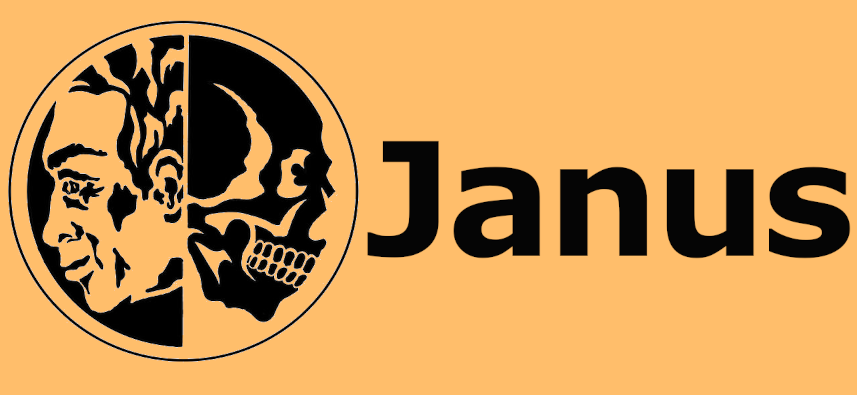Table of Contents
ToggleMedical-molecular biological Knowledge
answering questions about Gain-of-Function, viruses, corona and vaccinations.
What is Gain-of-function?
Mutations in the sense of Gain-of-Function are changes in the genetic material of living organisms that are triggered by chance or by external influences such as radiation or chemicals. They are not always bad – on the contrary. They are the driving force of evolution, since they can be quite advantageous for the organism as a “winning mutation”: At this point, classical example of giraffes with long and short necks should be mentioned.
In order to be able to research future dangerous epidemics before they arise and to develop better treatment options, studies have been carried out for some time on artificially mutated viruses that are both pathogenic and highly infectious.
However, since such research is highly risky due to the danger of release, the U.S. under President Barack Obama has banned mutation research in its own field and instead promoted studies in S4 laboratories in Wuhan, China. The logic behind this is questionable: if a highly pathogenic AND infectious virus breaks out in a large city, it quickly spreads around the entire globe in today’s world.
 Numerous lines of evidence suggest that the current Corona SARS-2 virus was most likely created in Wuhan by modifying a RatG13 virus from the S4 laboratory stock. RatG13 is a bat virus that was probably isolated from the droppings of a cave-dwelling bat species in Southeast Asia – the large institute in Wuhan has been systematically collecting samples of different virus strains for a long time.
Numerous lines of evidence suggest that the current Corona SARS-2 virus was most likely created in Wuhan by modifying a RatG13 virus from the S4 laboratory stock. RatG13 is a bat virus that was probably isolated from the droppings of a cave-dwelling bat species in Southeast Asia – the large institute in Wuhan has been systematically collecting samples of different virus strains for a long time.
RatG13 is not particularly dangerous to humans because it cannot efficiently infect our body cells. However, it has been molecularly genetically engineered in the laboratory with a so-called “furin cleavage site” that allows the neo-virus to efficiently enter and destroy human cells via the so-called ACE-2 receptor. This made the RatG13 derivative so infectious that it could spread across the entire planet.
s
What do viruses do in the human body and why are they so dangerous?
Viruses are not necessarily to be characterized as living beings, but as particles with their own genetic material, which were already formed by cells billions of years ago for still unknown reasons. The parasites infect the cells of a wide variety of living organisms, including plants and bacteria. Here, the viral genetic material is permanently incorporated into the host’s genetic material and, in a sense, rests there. Alternatively, the cell’s reproductive machinery is used to rapidly produce many new viruses. This process continues until the cell has used up all its resources and dies.
Is the current Corona virus dangerous?

Actually, corona viruses have not been particularly dangerous for humans until now. They usually jump from animals such as horses or cattle to humans, which is referred to as “zoonosis” in technical terminology. Epidemics are predominantly caused by zoonotic pathogens, especially influenza viruses. European corona viruses usually cause only a cold or flu-like symptoms. So far, only the following two corona SARS viruses have been life-threatening: SARS-1 in 2002 and SARS-2, the current corona virus. SARS means “severe acute respiratory syndrome.” Accordingly, the virus can cause severe pneumonia, for example.
Many viruses are highly infectious but only slightly pathogenic (causing diseas) and conversely, highly pathogenic pathogens are usually hardly infectious. Unfortunately, the current Corona SARS-2 virus combines both characteristics: it is about as infectious and pathogenic as a seasonal influenza virus.
sehr infektiös sind.
What is a vaccination and does it include the so-called corona vaccination?
Since the end of the 18th century, vaccination has been understood as the introduction of an inactivated or killed, strongly attenuated or even a related pathogen into the patient. In this form, the pathogen causes little or no disease, but boosts the immune system. Over a longer period of time, usually several years, the immune system then creates memory cells which, in the event of a real infection, multiply explosively and can then quickly eliminate the virus or bacterium. For example, the first vaccination by Edward Jenner in 1786 used cowpox viruses, which cause only mild symptoms in humans but make the vaccinated person immune to human smallpox.
Today’s vaccines, such as those against influenza (flu), contain either heat-inactivated viruses grown in human cell cultures or disrupted pathogens. It is important that the whole pathogen is always presented, as the immune system reacts in concert with various elements such as killer cells and antibodies.
In the case of corona vaccines with DNA or mRNA, they only carry the information for a single protein molecule that is presented to the immune system. Therefore, they cannot be characterized as vaccines in the classical sense.
sehr infektiös sind.

